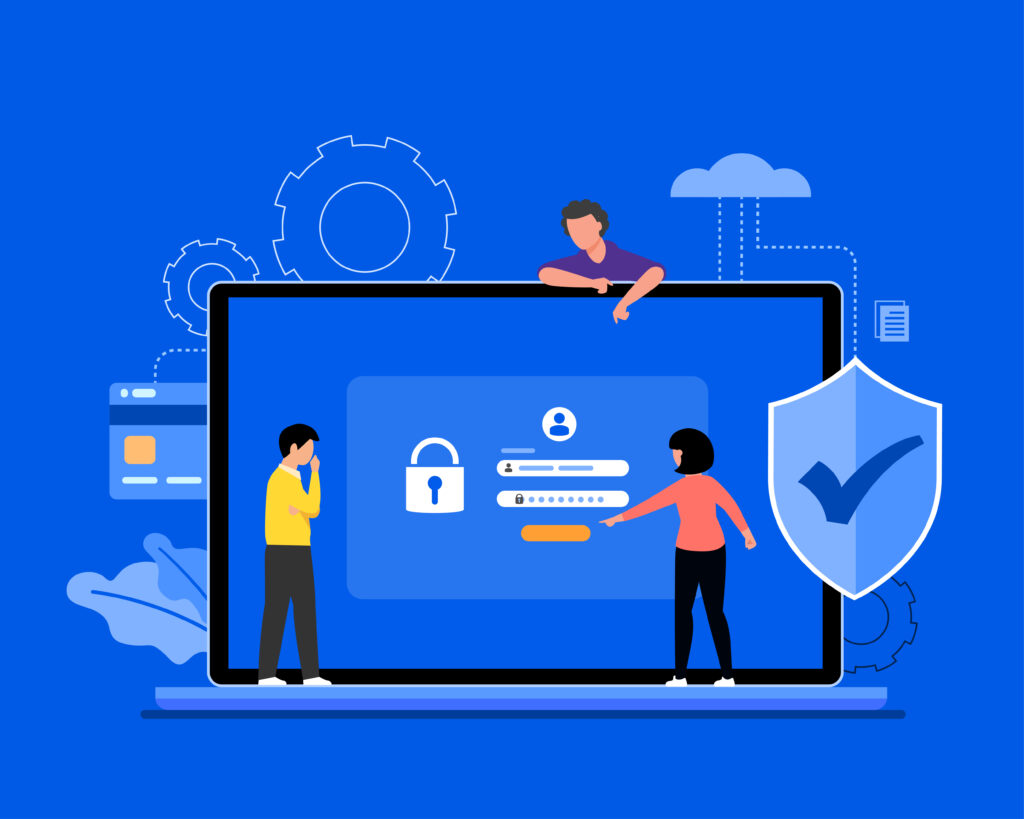In today’s interconnected digital landscape, where personal information is the currency of the online world, securing your sensitive data has never been more crucial. Among the various cybersecurity practices, changing passwords regularly stands as a cornerstone for protecting your accounts from potential breaches. However, the frequency of password changes has been a subject of debate, with conflicting advice from experts. This article aims to dissect the myths and realities surrounding password change frequency and provide practical best practices for users to follow.

The Evolution of Password Security:
Traditionally, the recommendation for changing passwords every 30 to 90 days was widely accepted as a standard practice. This approach was rooted in the assumption that frequent password changes would thwart attackers who might have gained unauthorized access. However, the landscape of cybersecurity has evolved significantly since then, leading to a reevaluation of this practice.
The Myth of Fixed Intervals:
One common misconception is that changing passwords on a fixed schedule guarantees security. In reality, rigidly adhering to such a schedule might inadvertently encourage poor password habits. Users who are compelled to change passwords frequently often resort to creating simpler, easier-to-remember passwords or slightly altering existing ones. This, in turn, makes it easier for cybercriminals to predict these variations and gain unauthorized access.
The Role of Password Complexity:
A more effective approach to password security revolves around the complexity of the password itself. Lengthy, intricate passwords containing a mix of uppercase and lowercase letters, numbers, and special characters are significantly more robust against hacking attempts. Modern techniques, such as dictionary attacks and brute force attacks, are less likely to succeed against complex passwords. Instead of frequent changes, it’s recommended to focus on creating and maintaining strong passwords.
Password Managers and Their Impact:
The advent of password managers has revolutionized the way users handle their credentials. These tools generate, store, and auto-fill complex passwords, eliminating the need to remember multiple passwords or resort to simple ones. With the help of a password manager, individuals can have unique, intricate passwords for each of their accounts, further enhancing security. Regularly auditing and updating passwords within the manager is recommended, but the emphasis shifts from frequent changes to maintaining a robust vault of passwords.
The Role of Multi-Factor Authentication (MFA):
While passwords are a critical component of security, they shouldn’t be the sole defense. Multi-Factor Authentication (MFA), also known as two-factor authentication (2FA), adds an extra layer of protection. Even if a hacker manages to crack a password, MFA acts as a safeguard, requiring an additional piece of information, such as a temporary code sent to a user’s device. Implementing MFA significantly reduces the risk of unauthorized access, making it an essential practice alongside strong, well-managed passwords.
Assessing Risk Factors:
Rather than changing passwords blindly on a predetermined schedule, users should assess risk factors to determine when a password change is necessary. Some scenarios that might warrant immediate action include:
-
Data Breaches: If a service you use experiences a data breach, especially one involving user credentials, changing your password on that service immediately is advisable.
-
Suspicious Activity: If you notice any unfamiliar or unauthorized activities in your accounts, changing passwords is a prudent step to mitigate potential threats.
-
Device Loss or Theft: If a device containing access to your accounts is lost or stolen, changing passwords for sensitive accounts can prevent unauthorized access.
Conclusion: Rethinking Password Change Frequency
In the ever-evolving landscape of cybersecurity, the notion of changing passwords solely based on a fixed schedule is being reexamined. The emphasis is shifting from frequent changes to the creation and maintenance of strong, complex passwords stored within a reliable password manager. Additionally, practices such as Multi-Factor Authentication play a pivotal role in fortifying account security.
Ultimately, the decision to change a password should be based on risk assessment rather than adhering to a rigid timetable. Regularly monitoring accounts, staying informed about potential breaches, and promptly responding to any suspicious activity are essential habits for modern digital life. By adopting these practices, individuals can navigate the digital realm with confidence, knowing that their online identities are well-protected against ever-evolving cyber threats.